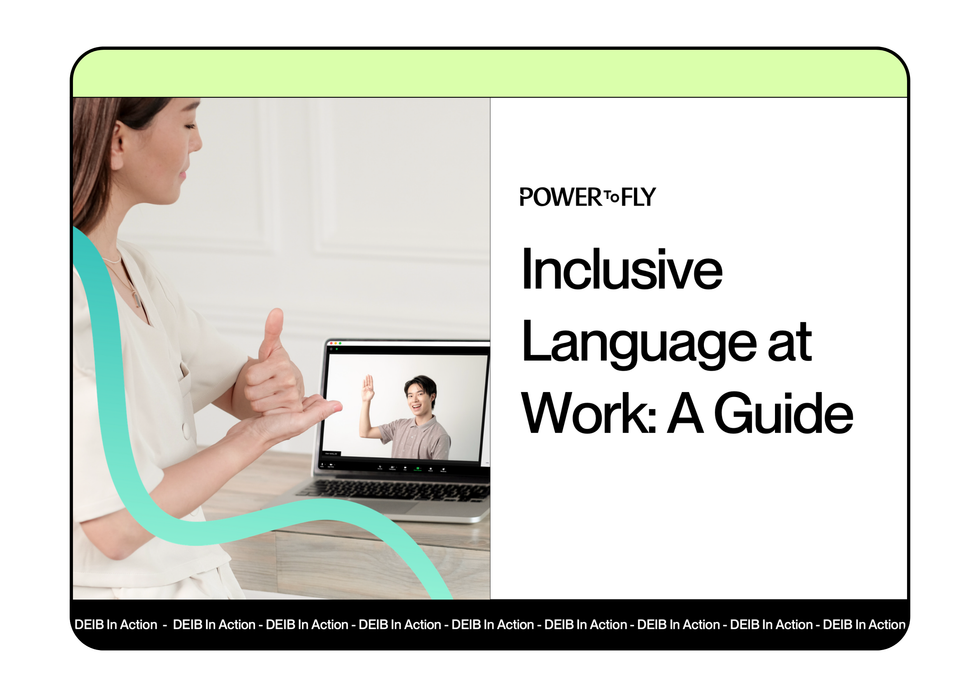Inclusive language at work: a guide
Diversity, equity, inclusion, and belonging work shows us that while language without action can only take us so far toward achieving equality, the words we use absolutely matter.
Inclusive language is a tool that encourages and enables the acknowledgement and acceptance of all people, free of words that invisibilize, insult, demean, stereotype, or diminish. Inclusive language is constantly changing, adapting, and growing to meet our needs in society, as folks continue to find the best words for representing and describing themselves. This guide provides broad inclusive language best practices, as well as some specific examples of words to use and to avoid.
Get the full report

Topics covered include
✔️ Diversity, equity, inclusion, & belonging definitions & key terms
✔️ Inclusive language best practices for: race, ethnicity, culture, age, body size, disability, gender identity, sexual orientation, socioeconomic status, and more
✔️ Helpful terminology to know & words to avoid
✔️ Recommended resources & further reading